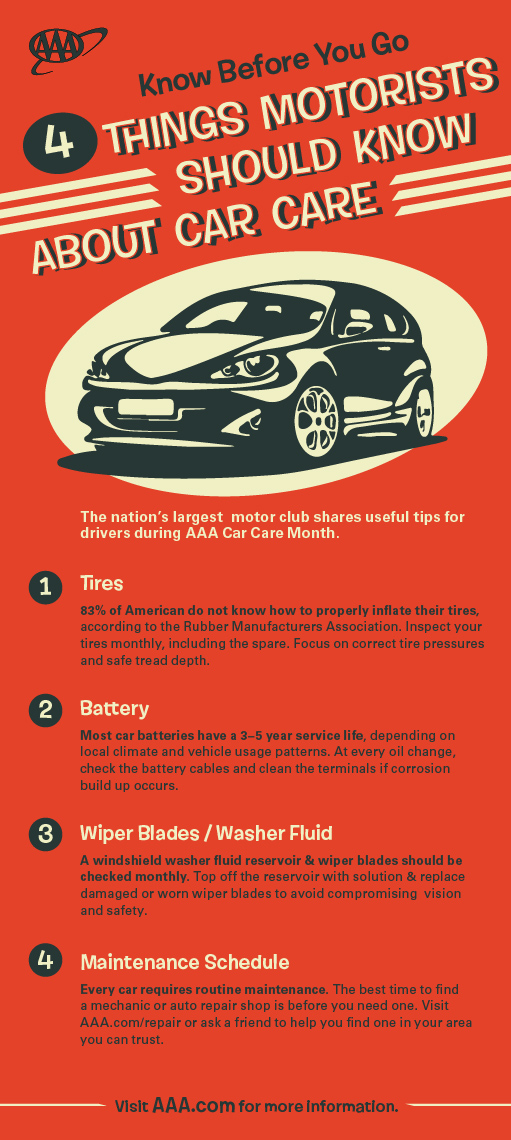Comprehending The Significance Behind Your Vehicle'S Warning Lights: A Comprehensive Appearance
Comprehending The Significance Behind Your Vehicle'S Warning Lights: A Comprehensive Appearance
Blog Article
Short Article Produced By-Lauritsen Alvarado
When you lag the wheel, those radiant caution lights on your dashboard can be a bit puzzling. Do yacht detailer understand what they're attempting to tell you regarding your vehicle's health and wellness? Understanding the relevance of these lights is essential for your safety and the longevity of your automobile. So, the next time among those lights turns up, wouldn't you intend to decipher its message accurately and take the essential steps to resolve it?
Common Warning Lighting and Interpretations
Determine usual caution lights in your auto and comprehend their definitions to ensure safe driving.
One of the most regular caution lights include the check engine light, which signals issues with the engine or exhausts system. If this light comes on, it's important to have your automobile checked promptly.
The oil pressure warning light suggests low oil stress, calling for prompt interest to stop engine damage.
A flashing battery light might suggest a damaged charging system, potentially leaving you stranded otherwise dealt with.
The tire stress tracking system (TPMS) light notifies you to low tire stress, affecting lorry security and gas performance. Ignoring this might lead to risky driving problems.
The ABS light suggests an issue with the anti-lock braking system, compromising your capability to stop promptly in emergencies.
Finally, the coolant temperature alerting light warns of engine getting too hot, which can lead to extreme damages if not fixed quickly.
Comprehending these common caution lights will certainly aid you resolve issues without delay and maintain secure driving problems.
Relevance of Prompt Interest
Understanding the usual caution lights in your car is just the primary step; the importance of promptly addressing these cautions can not be highlighted sufficient to guarantee your safety when traveling.
When a warning light illuminates on your dashboard, it's your auto's way of communicating a possible concern that needs attention. Disregarding these cautions can lead to extra extreme troubles down the road, compromising your safety and security and possibly costing you a lot more in repairs.
Motivate focus to alerting lights can stop malfunctions and accidents. For instance, a flashing check engine light can suggest a misfire that, if left ignored, could trigger damage to the catalytic converter. Addressing this promptly can conserve you from an expensive repair service.
Likewise, a brake system alerting light could signify low brake liquid or worn brake pads, important parts for your security when driving.
Do It Yourself Troubleshooting Tips
If you notice a warning light on your dashboard, there are a couple of do it yourself troubleshooting pointers you can try before seeking specialist aid.
The very first step is to consult your auto's manual to comprehend what the certain warning light suggests. Occasionally https://www.bodyshopbusiness.com/how-to-avoid-a-fire-at-your-auto-body-shop/ can be as basic as a loose gas cap triggering the check engine light. Tightening up the gas cap may solve the problem.
An additional typical concern is a reduced battery, which can set off various advising lights. Examining the battery links for corrosion and ensuring they're safe might deal with the trouble.
If a warning light persists, you can attempt resetting it by detaching the car's battery for a few mins and after that reconnecting it. Additionally, examining your lorry's liquid levels, such as oil, coolant, and brake liquid, can aid repair cautioning lights related to these systems.
foaming car wash
To conclude, comprehending your vehicle's warning lights is vital for maintaining your lorry running efficiently and safely. By without delay dealing with these alerts and knowing what they indicate, you can prevent pricey repair work and possible malfunctions.
Remember to consult your vehicle's handbook for specific details on each alerting light and do something about it as necessary to make sure a trouble-free driving experience.
Remain informed, stay safe when traveling!
